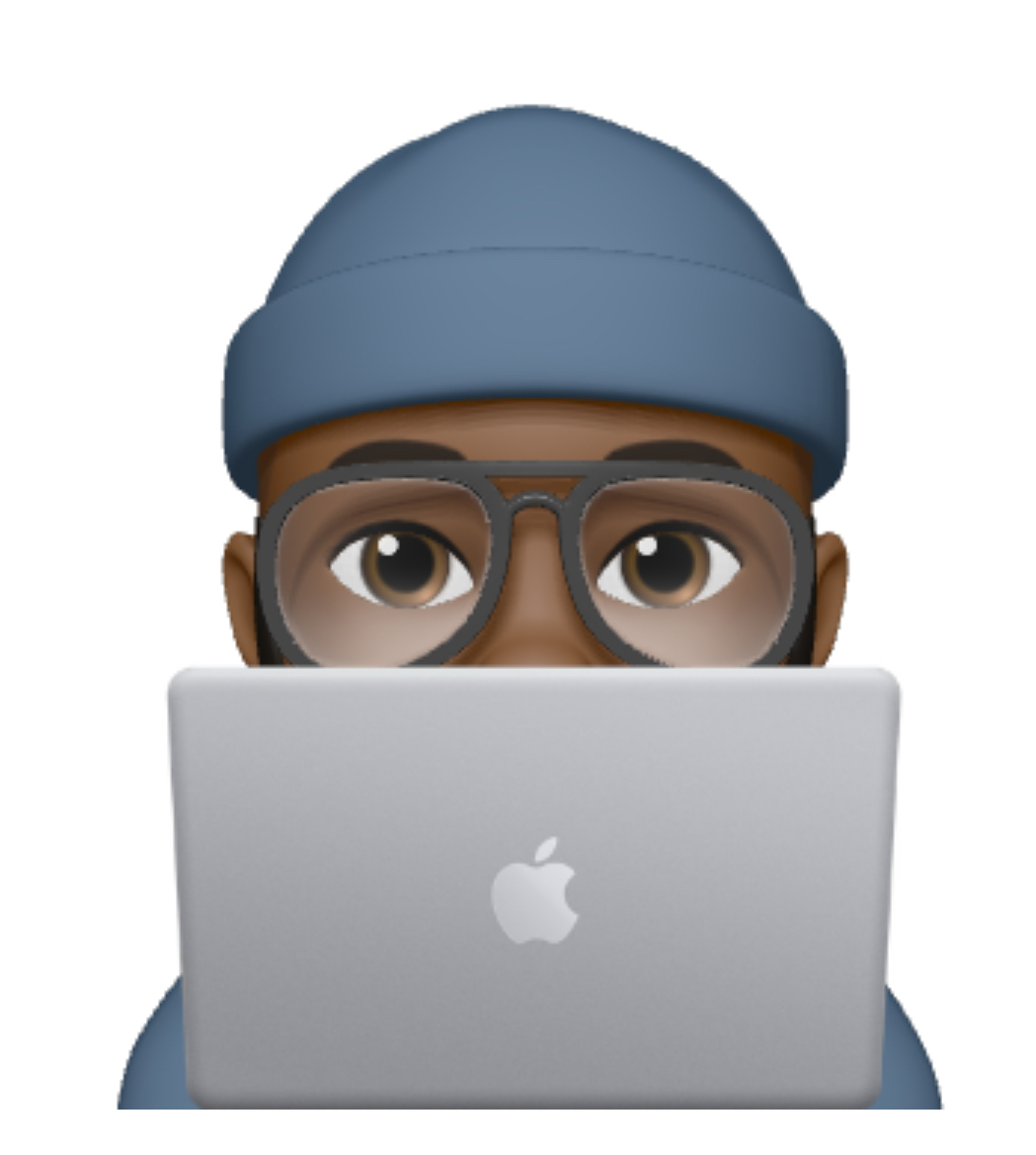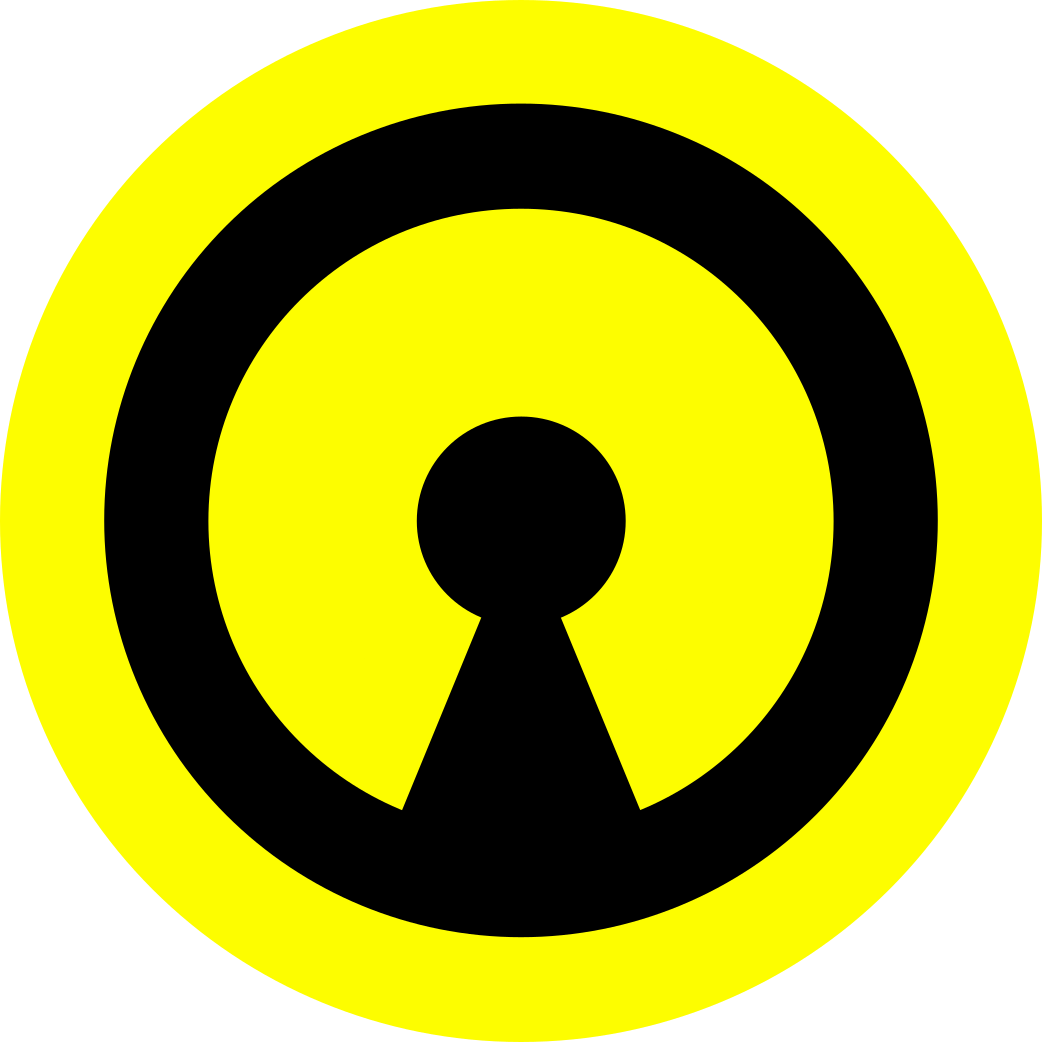- cross-posted to:
- [email protected]
- cross-posted to:
- [email protected]
cross-posted from: https://lemmy.world/post/10629691
Update to ActivityPods released before the anticipated 2.0 in the Spring. Please check the link to the blogpost as it goes into detail. It primarily covers simplified invitation links and contact groups.
I set up a SOLID server last weekend because of a previous post about activitypods I and have no idea what to do with it. I skimmed some of the docs, blog posts, etc but found it a bit obtuse due to my inexperience in the related subject matter.
So, I’m curious if anyone has a link to a simple explainer on Activitypods, SOLID, and the implications on the fediverse as a whole?
ActivityPods can be thought of as a framework for building Fediverse apps on top of Solid. Solid itself is a standard developed by Sir Tim Berners-Lee, and once you get through the dry, somewhat brain-melting standards draft, what you get is something that strongly resembles a self-hostable Google Drive.
What makes this unique is that you can make apps that access resources (files) inside of this drive. Even more interesting is that Solid apps don’t rely on traditional databases in the way that regular Fediverse apps do: instead, the apps use files and metadata about those files, and basically parse information from a graph to act as a sort of rudimentary database instead.
What ActivityPods does is bridge the gap: it does all the heavy lifting to translate between Solid’s way of doing things (everything is a file) to ActivityPub’s way of doing things (everything is an activity performed on objects by actors, who have an inbox and outbox).
Why might someone want this? Well, the general idea is that this is a different approach to data ownership, where the data itself is portable as a file. Your Solid Pod acts as an identity provider that proves who you are, as well as a data store where you can decide who has access to read or modify your stuff.
Your response on ActivityPods and Solid – pretty spot on! I will toss in a couple more nuggets. Solid’s kinda like having your own Google Drive, but you call the shots on who peeks into your stuff. It’s all about files and folders. Sure, Solid uses RDF for the geeky metadata part, but at its heart, it’s all about files. With ActivityPods, Instead of just playing with files, it uses something called an RDF Triple Store. Think of it as a smart way to store data that’s all about connections and relationships. This means ActivityPods is more about mapping out how data is connected, like a big web of info, rather than just storing files. Super handy for social apps where who knows who, and who does what matters a lot. Like Solid, ActivityPods is big on you owning your data. But it’s not just sitting in a digital drawer. It’s active, social, and part of a bigger community. The author of ActivityPods has a very similar view of the social web compared to Evan P.
Would love to speak with you. Are you on Matrix? Discord?
Hi, sorry, I’ve been away from the computer which is logged in with this account. I do have discord. I feel like I got a good explanation from the other commenter, but if you have more you’d like to discuss, please DM me and I’ll share my discord info (or if there is a particular public one I should join, let me know).
Done.
Yes letsgoo!






